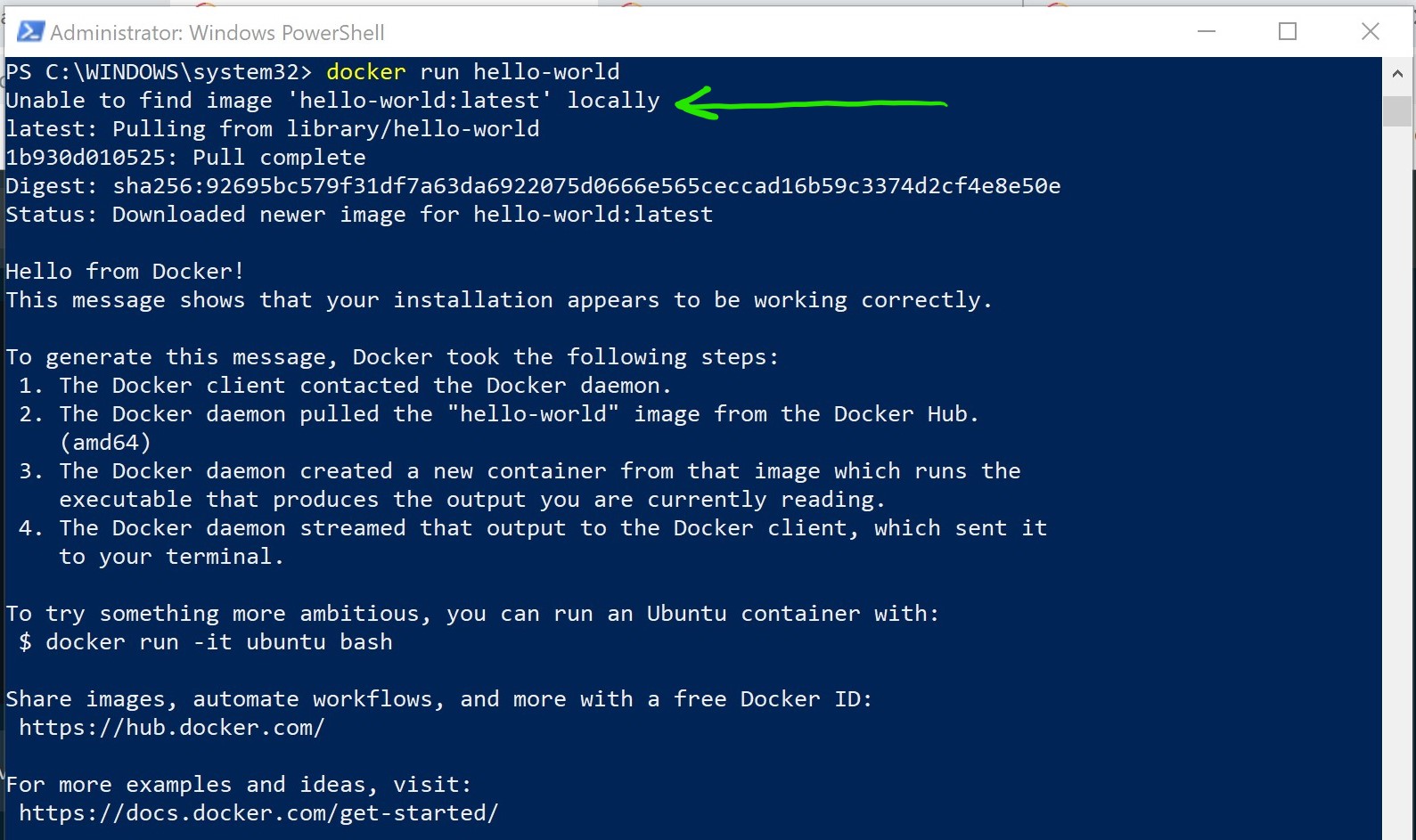
So, if you are going to use Let’s Encrypt to secure the server, which should be obvious, then you have to modify these parameters as well: ENABLE_LETSENCRYPT=1Īnd change: PUBLIC_URL=" By: PUBLIC_URL=" Finally, save the changes and close the file.Īccess the folder where we have cloned all the files and start the installation: :~$ cd /srv/jitsi/ PUBLIC_URL=" DOCKER_HOST_ADDRESS=your-server-IP This file is quite large so to find the parameters we have to modify it is recommended to use the key combination CTRL + W and write the search parameter.Įssentially we have to modify the following parameters: HTTP_PORT=80

:~$ sudo cp /srv/jitsi/env.example /srv/jitsi/.envĪnd now we proceed to edit it: :~$ sudo nano /srv/jitsi/.env Now we copy the env.example file that is inside that folder and transform it into the configuration file. 1.- Cloning the Jitsi filesĪs you can see in the command, we are indicating that the clone will be saved in /srv/jitsi

Remote: Total 1867 (delta 0), reused 0 (delta 0), pack-reused 1864 Remote: Compressing objects: 100% (3/3), done. Remote: Counting objects: 100% (3/3), done. To do this, run the following command: :~$ sudo git clone /srv/jitsi These files already have a standard configuration for use by Docker Compose. Using Git we cloned Jitsi’s repository for Docker. We also have several tutorials about it and you can read them according to your Linux distribution. To download the Docker Compose file offered by Jitsi, we need Git. Once Docker and Docker compose are installed now is the Gits turn. For example: :~$ sudo apt updateįor Debian, Ubuntu, and derivatives. Or, if you are using Debian 10: How to install Docker on Debian 10?Īnd using your distribution’s package manager, you can install Docker Compose.If you use Windows: How to install Docker in Windows 10?.For CentOS 7: How to install Docker CE on CentOS 7?.

For CentOS 8: How to install Docker on CentOS 8?.



 0 kommentar(er)
0 kommentar(er)
